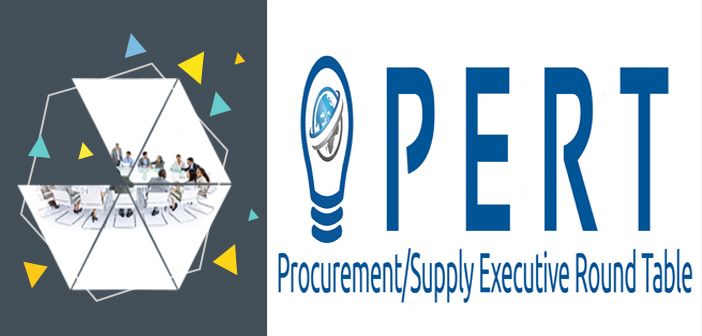What do these have in common?
- Sourcing is viewed as “Cost Cutters”
- Little to NO Executive support
- Complex cultural dynamics
- No governance in place
- Political maneuvering
- Inertia favors status quo
- Hesitant to give up perceived power
- BU metrics different from Procurement
- Narrowly focused decision making
- Process changes
- Organizational changes
- Changing attitudes about suppliers
These are all internal issues that we experience as we are trying to move along the Sourcing Maturity curve. The two characteristics that all these issues have is that they are Predictable – we can foretell what is going to happen and they are Inevitable – they WILL happen. “Sourcing IS Change Management” was one of the two topics we covered this past Tuesday at our quarterly meeting of the reenergized Procurement / Supply Executive Round Table – PERT (formerly known as Next Practices Xchange). Prior to this meeting we conducted a benchmarking study which made it quite clear that there are very few companies with a robust Change Management process that is fully integrated into their Sourcing / Category Management processes. We spent ½ the day exploring this topic with senior Procurement executives and the discussion was fascinating. PERT attendees come from a variety of industries – here are a few of the companies represented at some of our recent PERT meetings:
| o Ace Hardware | o Corporate United |
| o Archer Daniels Midland | o Country Financial |
| o ATI | o Finish Line |
| o American Family Insurance | o Sears Holdings |
| o CNA Insurance | o Tate & Lyle |
| o Coeur Mining | o The Mpower Group |
| o Colliers International | o Trim-Tex |
| o Corporate United | o Walgreens |
| o Country Financial | o Wesco |
| o Finish Line | o Xylem |
Based on the energy and level of discussion, it was clearly a “HOT” topic. For years Change Management has always been an after-thought and characterized as a bunch of people standing in a circle singing Kumbaya. The fact is that if you can’t break through these internal issues you will not achieve your expected business benefits. We could have gone on for days as attendees shared their own experience and some of the strategies they have used to make change happen.
Our second topic was on “Sourcing Professional Services”. This topic (like all the others) was chosen by the members and received the highest ranking in terms of interest. What makes Professional Services any different than sourcing any other category? You might be surprised at the myriad of things you need to think of:
- Work product ownership
- Intellectual capital
- Tool ownership
- Warrantees & Indemnifications
- Change orders
- Scoping methodologies
- Pricing structures (Time & materials, Fixed bid, Not to Exceed, etc.)
- Governance
- Subcontracting
- Overtime
- Visas/ Work permits
- Named resources
- Quality assurance
- Risk sharing
- Term & Termination
. . . . and the list goes on and on. Lots of challenges and solutions were shared by attendees which made for a very interesting conversation.
Here are some of the conclusions that were drawn from our day-long session:
- Stakeholder engagement is critical to move to the next level of maturity
- We have a tendency to only identify our most obvious stakeholders which can get us in trouble
- As we mature, Sourcing organizations are being asked to contribute to the top-line as well as the bottom line of the organization (we may need some sales training 😊)
- In many cases we don’t have the competencies to play the role of the Change Agent
- Most people never thought of Change Management as an accelerator to getting to the business benefits
- Lots of discussion on scoping methodologies which is a major issues for professional services for large initiatives
- Need to do more Perform Vs. Buy analysis – we need to justify the need for outside resources at the start
- Defining the need and then managing professional service suppliers is a major issue
- Validation of SOWs is a challenge
While we did not solve world hunger in our one-day workshop, we certainly moved the needle in our thinking around how to solve some of the challenges we identified (you need to attend the meeting to get that information 😊) Our attendees walked out with a better understanding of the issues and potential solutions. In addition, the networking is invaluable in that they had an opportunity to meet and work with their peers in a “NO SALES” environment. For those of you that did not attend, I would encourage you to stay tuned and NOT miss the opportunity to be an integral part of this group. It is the only one of its kind!
Let us know what you think and join on the conversation . . . . . .


1 Comment
Pingback: Do You Know the Difference Between Strategic Sourcing and Category Management? The Why? - News You Can Use